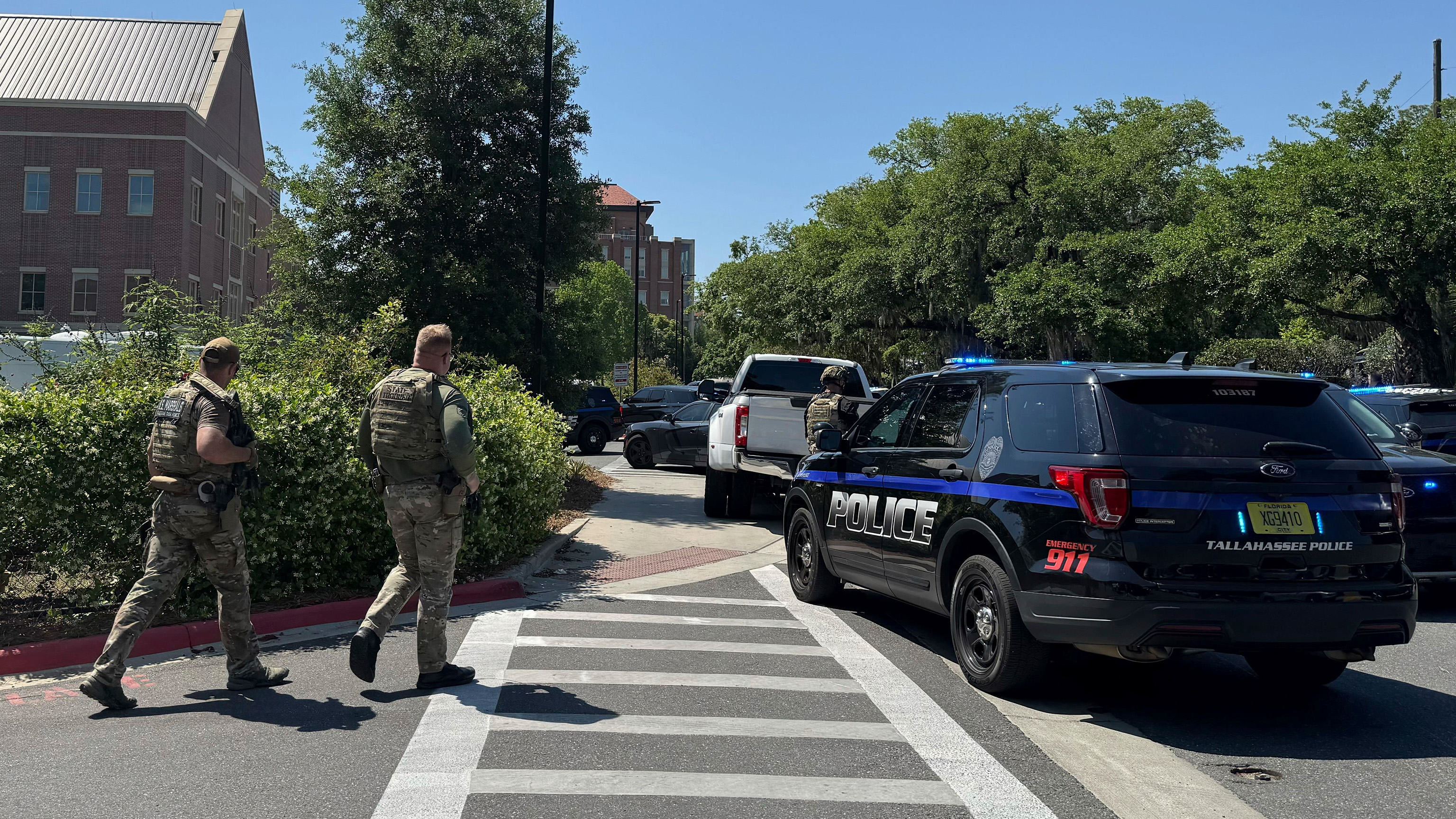Drones used in emergency response at North Carolina beaches

The Wrightsville Beach Fire Department has implemented two new tools on the front lines of command vehicles. The tools are unmanned aerial vehicles (UAV) better known as drones.
"We're implementing it with missing swimmers, distressed swimmers, missing people," explained Lt. Sam Proffitt with Wrightsville Beach Ocean Rescue.
Proffitt has been working with the department for 17 years since he was in college. He knows firsthand how every second counts in emergency response.
Proffitt says the department is working with researchers at Penn State University College of Medicine where he earned his graduate degree in public health to collect data on how drones assist with time to respond as well as the role in emergencies.
"We can use them for structure fires, hazmat," Proffitt said. "Even looking at wild fires-looking for hot spots in fires when we're moving through the woods. We're even looking at utilizing it for air quality monitors and perhaps the hazmat situations," he said.
The drones can also be used to assist in monitoring public safety during big events.
They can reach speeds of 45 miles per hour and carry a payload of up to 12 pounds meaning a radio or buoy can be attached and dropped to a person in trouble. Infrared cameras and a GPS transmitter also allow better aerial monitoring at night especially for a missing person report.
Proffitt stresses the drones are not meant to replace lifeguards, just to assist them. "It's not one replacing the other," Proffitt said.
"When you bring them together the result is better than just having one or the other."
There are 16 certified pilots with the Wrightsville Beach Fire Department trained to operate the drones which can be deployed once the emergency vehicles and support teams arrive on a call.
Drones are also being tested in emergency response and aid in dispensing life saving medication in remote areas of the world or delivering supplies after natural disasters.







